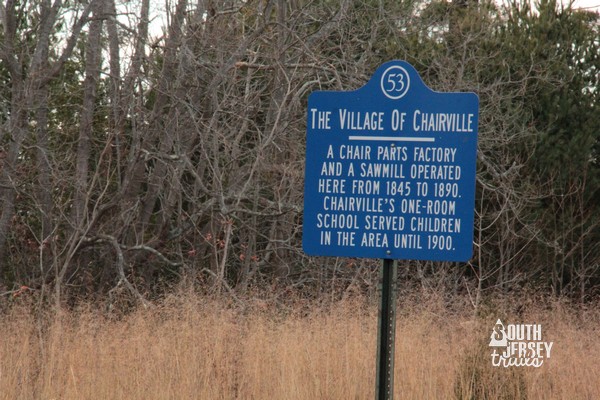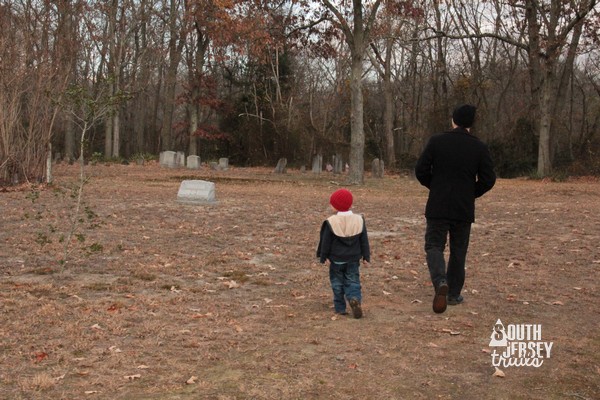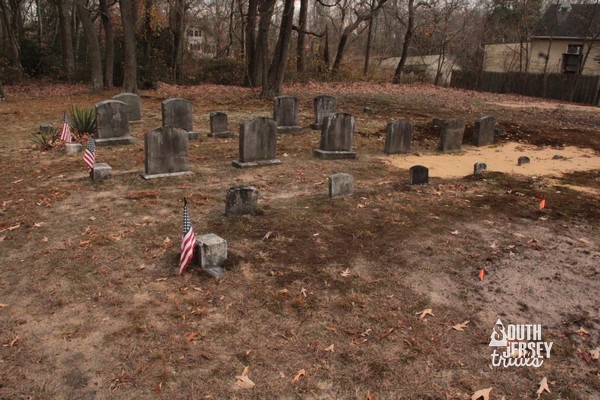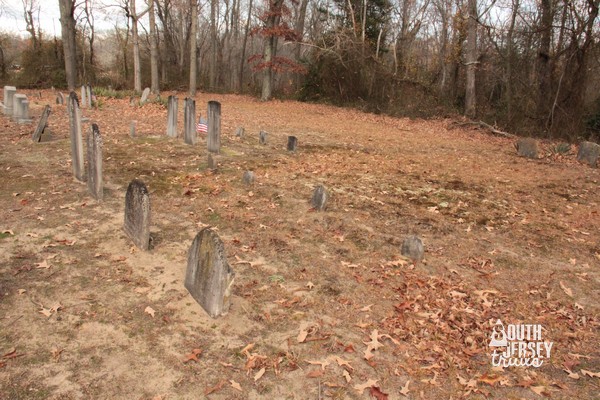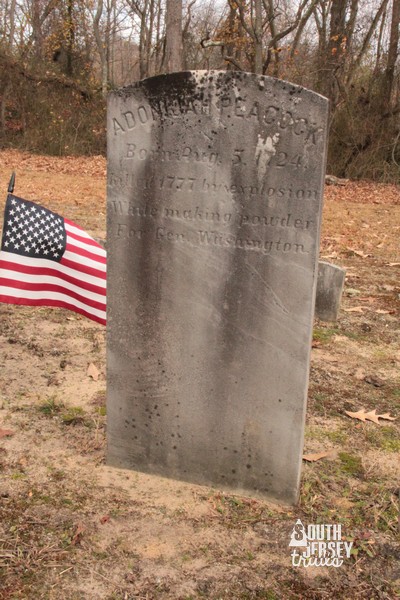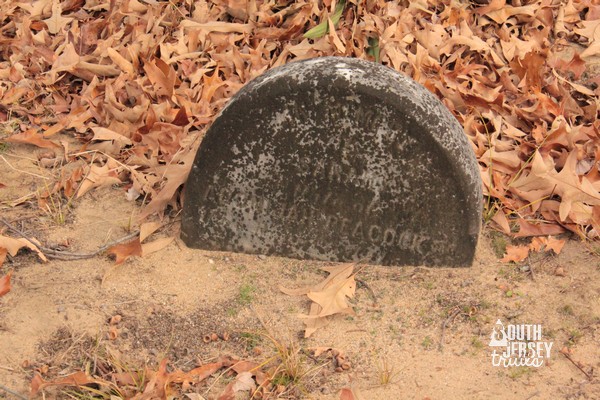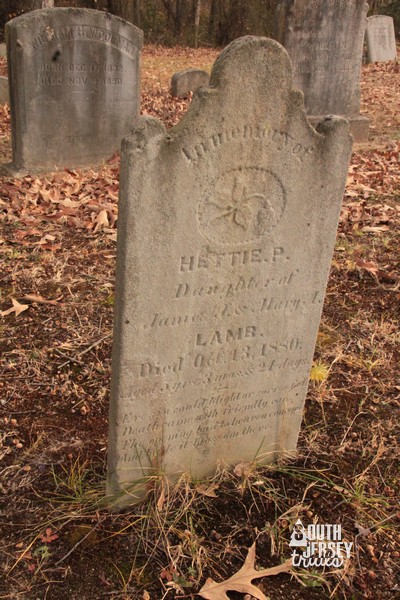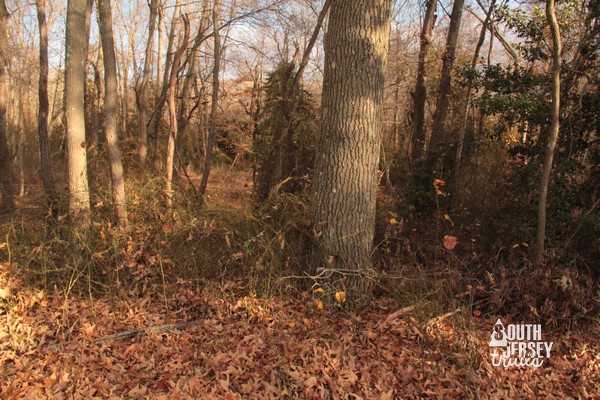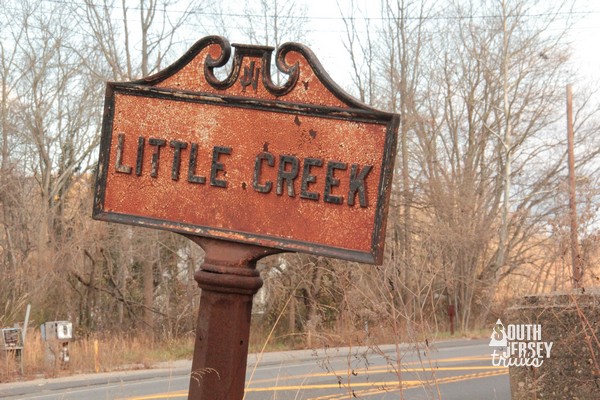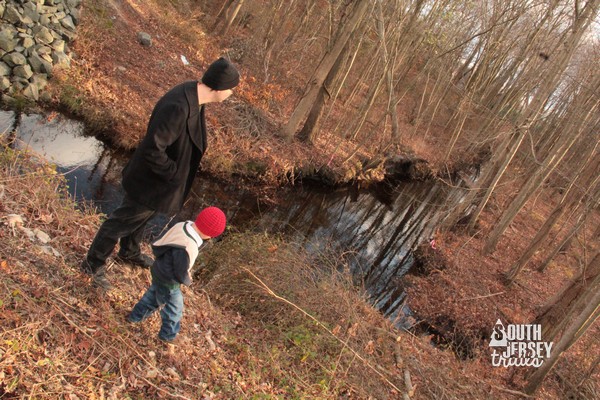Mike:
Here is a brief history of Chairville, albeit with many research holes, I prepared for a friend last year:
A History of Chairville
Jonathan and Richard Haines constructed the first sawmill along the Little Creek branch of Haines Creek during the early part of the eighteenth century and they continued using the mill until 1730. Mssrs. Haines then sold the sawmill and attendant land and relocated their operations to the sawmill at Friendship, which they had established years before (Haines 1902:413). John Peacock reportedly sawed the first log at Friendship Mill in 1714. Peacock, born in Scotland during August 1698, was kidnapped while onboard a ship to entertain the sailors. When he awoke the following day, the ship had already set sail for America, where he remained (Peacock Genealogy). It appears Peacock, the sawyer at the Little Creek mill and the Friendship mill, acquired the Little Creek mill property after Haines & Company moved over to Friendship. His wife, the former Elizabeth Prickett, continued overseeing timber cutting at the Little Creek mill, based on a quote in the Haines book, which reads, “John Peacock was sawyer at Haines’ [Little] Creek Mill till Friendship Mill was built, then John was sawyer at Friendship, and his wife at Haines’ Creek Mill, and sawed more than John” (
ibid.). The Little Creek mill reportedly burned several times during John’s lifetime. John Peacock died intestate during June 1759. Under the estate laws in effect at that time, his real property descended to his sons Adonijah and John Peacock Jr. The two brothers rebuilt the sawmill in 1761 and continued to operate it in partnership, even though they both had the primary occupation of blacksmith (Peacock Genealogy). Adonijah died in January 1777 when the gunpowder he was drying near the fireplace exploded. John Peacock Jr. died intestate during 1790. Without conducting title work, it is unclear who owned and operated the sawmill after the two Peacock brothers had both died, but Thomas Gordon’s 1828 map of New Jersey depicts the sawmill as “Prickets:”
Figure 1 Detail, Gordon, 1828
According to Burlington County local historian Nathaniel Ewan, John N. Prickett established the chair stuff factory in Chairville prior to 1844 (Cridland 1975:85). It is currently unclear exactly when he did establish it, but it certainly was before February 1843. In the 18 February 1843 edition of Philadelphia’s
Public Ledger newspaper, the following advertisement appeared, offering the factory complex and equipment for sale:
Figure 2Public Ledger 1843:1
Without conducting a full title chain for the property, it is unclear how Samuel Nicholson came to own the property, but the advertisement provides an excellent description of the manufactory. It appears Thomas Gaskill purchased the factory from Nicholson, as the 1850-51 publication,
Kirkbride’s New Jersey Business Directory lists Gaskill as a “Chair Maker, Clairville [
sic], near Medford” (Kirkbride 1850:134). The same volume also lists Gaskill as a sawmill operator (
ibid. 1850:140).
The first map providing any detail of Chairville is a circa 1844 manuscript map of the proposed Coaxen Township, predecessor of Southampton Township, Burlington County:
Figure 3 Detail, Cosxen Township map, c.1844
Four years later, Otley and Whiteford published the first commercially printed map of Burlington County, which depicts Chairville, but provided very little cadastral information about the factory and village:
Figure 4 Detail, Otley and Whiteford, 1849
Thomas Gaskill continued to operate the chair stuff factory until his death in July 1851 from bilious fever at age 67 (
New Jersey Mirror 1851:3). It is unclear who operated the manufactory and sawmill after Gaskill’s death, but a check of the 1850, 1860, and 1870 Census of Manufactures non-population schedules would yield that information and much more about operations at the property.
In 1859, Parry, Sykes and Earl produced a new wall map of Burlington County, and, again it features a depiction of Chairville:
Figure 5 Detail, Parry, Sykes and Earl, 1859
While nothing appears in Talbott and Blood’s 1866 New Jersey business directory, operations apparently continued unabated at Chairville until 25 March 1874, when the complex burned to the ground. The 3 April 1874 of Trenton’s
Daily State Gazette carried the following squib: “The factory at Chairville, Burlington county, was burned to the ground, on the morning of the 25th ult. It is supposed to have been set on fire. There was no insurance except on part of the machinery which belonged to Frank Higel, and had lately been used in making button moulds” (
Daily State Gazette 1874:2).
Local historian Nathaniel Ewan prepared the following about the Chairville factory:
“
Chair Stuff” by Nathaniel R. Ewan
Located on the eastern boundary of Medford Township at Route 70 is a small village whose name has lost its significance. Chairville in the nineteenth century was the site of a busy manufacturing establishment in which the turned part, such as the spindles, rungs, legs and backs of chairs and settees were produced. One may visit the spot now and find little evidence of its former prosperity. The village originated with building of the turning mill founded by John N. Prickett before 1844, who not only owned many of the workmen’s houses and one of the two general stores but also the adjoining farm property where he lived in the house still standing about one-quarter of a mile east on the road leading to Red Lion.
The product of the mill was known as “chair stuff,” and as maple wood was universally used for the purpose, the proximity of that timber in the nearby swamps of the pine section undoubtedly determined the location of the mill at this point. A number of small turning mills were operating during this period by various owners in other parts of Burlington County, but their output was negligible as compared with the Chairville factory.
The mill was operated by steam power and it seems that a certain Elwood Prickett, who was engineer for many years before and up to 1870, established an exceptional reputation for blowing the steam whistle very accurately and promptly at high noon, and this signal was accepted by everyone living with in hearing as absolute standard time, without question, and kept their time-pieces regulated accordingly. The boss sawyer was Ezra Peacock. The mill, a two-story frame structure with basement where the saw mill was located, was totally destroyed by fire on April 17th, 1874 [incorrect, please see information provided above].
No completed chairs were made at the Chairville plant, but the “stuff” was carted to a Philadelphia warehouse for distribution to the regular chair factories, where the turned parts were assembled with the seats and other flat or bent portions into finished furniture. Older residents of Medford yet recall the wagon loads passing through the town. (as quoted in Cridland 1975:85-86)
Within a year of the factory’s fiery destruction, the firm of Hinchman & Reeves had purchased the area around and including the mill pond for cranberry production, ending the original purpose for the pond. That partnership’s name is found at Chairville section of the Medford Township plate from the 1876 Scott atlas:
Figure 6 Detail, Scott, 1876
While historians and antiquarians of past generations have conjectured that Chairville only produced chair parts or “stuff,” a recent review of census data suggests that Chairville did manufacture complete chairs for at least a portion of its history and performed custom work.
References:
Coaxen Township map
c.1844 Manuscript map. Library of Congress, Washington, D.C.
Cridland, Margery
1975 “Earning a Living.” Published in
Medford: Pioneering Township. Medford Township
Historical Society, Medford, New Jersey.
Daily State Gazette
1874 “State Items.” Published in the 25 March edition of the
Daily State Gazette, microform edition.
Daily State Gazette, Trenton, New Jersey.
Gordon, Thomas
1828
A Map of the State of New Jersey with part of the Adjoining States. Thomas Gordon, Trenton, New Jersey.
Haines, George and Richard Haines
1902
Ancestry of the Haines, Sharp, Collins, Wills, Gardiner, Prickitt, Eves, Evans, Moore, Troth, Borton and Engle families. S. Chew & Sons Company, Camden, New Jersey.
Kirkbride Jr., Stacy B.
1850
Kirkbride’s New Jersey Business Directory …. Stacy B. Kirkbride Jr., Trenton, New Jersey.
New Jersey Mirror
1851 “In Chairville ….” Published in the 17 July edition of the
New Jersey Mirror, microform edition.
New Jersey Mirror, Mount Holly, New Jersey.
Otley, J.W. and R.Whiteford
1849
Map of Burlington County. Smith & Wistar, Philadelphia, Pennsylvania.
Parry, Wm., Geo. Sykes and F.W. Earl
1859
New Map of Burlington County. R.K. Kuhn and J.D. Janney, [Philadelphia, Pennsylvania].
Public Ledger
1843 “A Great Bargain.” Published in the 18 February edition of the
Public Ledger, microform edition.
Public Ledger, Philadelphia, Pennsylvania.
Ron Ritchie’s Peacock Genealogy:
1999
http://www.genealogy.com/ftm/r/i/t/Philip-Ronald-Ritchie/GENE8-0001.html accessed 6
March 2016.
Scott, J.D.
1876
Combination Atlas Map of Burlington County, New Jersey. J.D. Scott, Philadelphia, Pennsylvania.
Talbott and Blood
1866
New Jersey State Business Directory for 1866. Talbott and Blood, [New York City, New York].
Best regards,
Jerseyman





 Thank you for sharing the pictures!
Thank you for sharing the pictures!